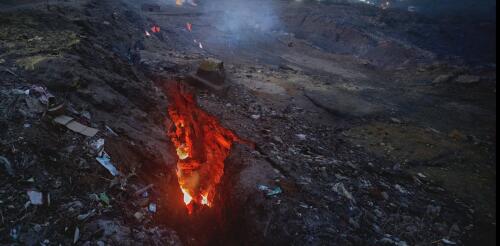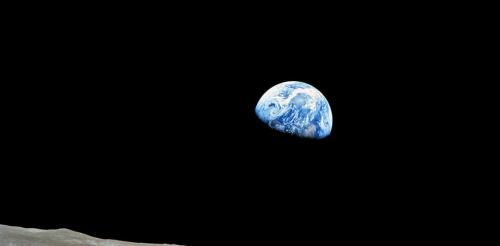Oxygen
Curious Kids is a series for children of all ages. If you have a question you’d like an expert to answer, send it to curiouskidsus@theconversation.com. Why don’t rocks burn? – Luke, age 4, New Market, New Hampshire While many rocks don’t burn, some of them do. It depends on what the rocks are made of – and that’s related to how they were formed. There are three main rock types: igneous, sedimentary and metamorphic. These rocks are made of minerals that all have different characteristics. Some will melt into magma or lava – super-hot, liquid rock – when they are exposed to heat. Others will catch fire. Rocks can look alike, but one rock is not like another. Rocks that burn when they get heated up are combusting. This means that elements within the rocks are reacting with oxygen in the air to produce heat a...
Curious Kids is a series for children of all ages. If you have a question you’d like an expert to answer, send it to curiouskidsus@theconversation.com. Will the Earth last forever? – Solomon, age 5, California Everything that has a beginning has an end. But the Earth will last for a very long time, and its end will come billions of years after anyone who is alive here now is gone. Before we talk about the future of our planet, let’s review its history and when life appeared on it. The history of human beings is very, very short compared with that of Earth. 4 billion years old Our planet formed from a giant cloud of gas and dust in space, which is called a nebula, about 4.6 billion years ago. The first continent might have formed on its surface as early as 4.4 billion years ago. The atmosphere of the early Earth did not contain oxygen, so it would have been toxic to hum...
Mercury pollution is a global threat to human health, especially to unborn babies and young children. Exposure to methylmercury, a type that forms when mercury washes into lakes and streams, can harm children’s brain development and cause symptoms including speech impairment and muscle weakness in adults who consume seafood as their main food source. Methylmercury also threatens health and reproduction in fish and other wildlife. Humans, animals and birds are exposed to methylmercury when they eat fish and shellfish. Scientists have been working for decades to understand how and when fish accumulate mercury. This information is key for assessing mercury risks across different water bodies and landscapes, and for evaluating policy changes designed to reduce mercury emissions. For decades, scientists have used fish ear stones, known as otoliths, to gain insights into fish growth, migration, diet and the timing of their exposure to certain pollutants. These tiny structures of...


